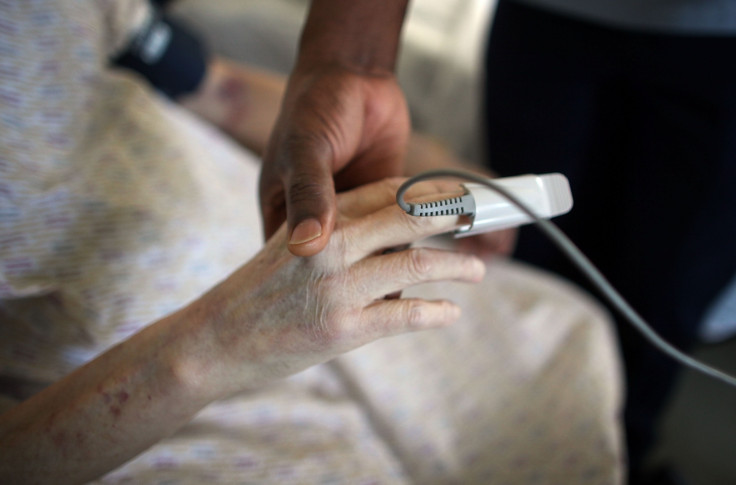Coma patients can retain awareness while being in apparent vegetative state

Scientists have discovered that some patients in a vegetative state retain awareness despite appearing unconscious. Researchers from the University of Birmingham have identified structural damage between the thalamus and primary motor cortex as the block that stands between concealed consciousness and the ability to move freely.
Dr Davinia Fernández-Espejo, from the University of Birmingham, explained: "A number of patients who appear to be in a vegetative state are actually aware of themselves and their surroundings, able to comprehend the world around them, create memories and imagine events as with any other person. However, before we take the crucial step of developing targeted therapies to help these patients, we needed to identify the reason for the dissociation between their retained awareness and their inability to respond with intentional movement.
"In highlighting damage to the pathways that physically connect the thalamus, one of the hubs of consciousness if you will, and the motor cortex, which drives our voluntary muscular activity, as the reason behind the dissociation we have provided an important explanation."
The researchers discovered this when a patient produced repeated evidence of covert awareness during multiple examinations, despite being seemingly in a vegetative state for over a decade, during a case study at the Brain and Mind Institute, at Western University, Canada, while being monitored using functional magnetic resonance imaging (fMRI) and fibre tractography. Another patient who was in a similar state but capable of intentional movement, along with 15 healthy volunteers, were also examined as part of the study.
The patients were then asked to respond to commands, such as hand movements, while the researchers monitored their brain activity and assessed the strength of the structural pathways that had proved to be critical for successful motor performance, according to the study published in JAMA Neurology.
Dr Fernández-Espejo added: "The ultimate aim is to use this information in targeted therapies that can drastically improve the quality of life of patients. For example, with the advances being made in assistive technology, if we can help a patient to regain even limited movement in one finger it opens up so many possibilities for communication and control of their environment."
© Copyright IBTimes 2025. All rights reserved.






















